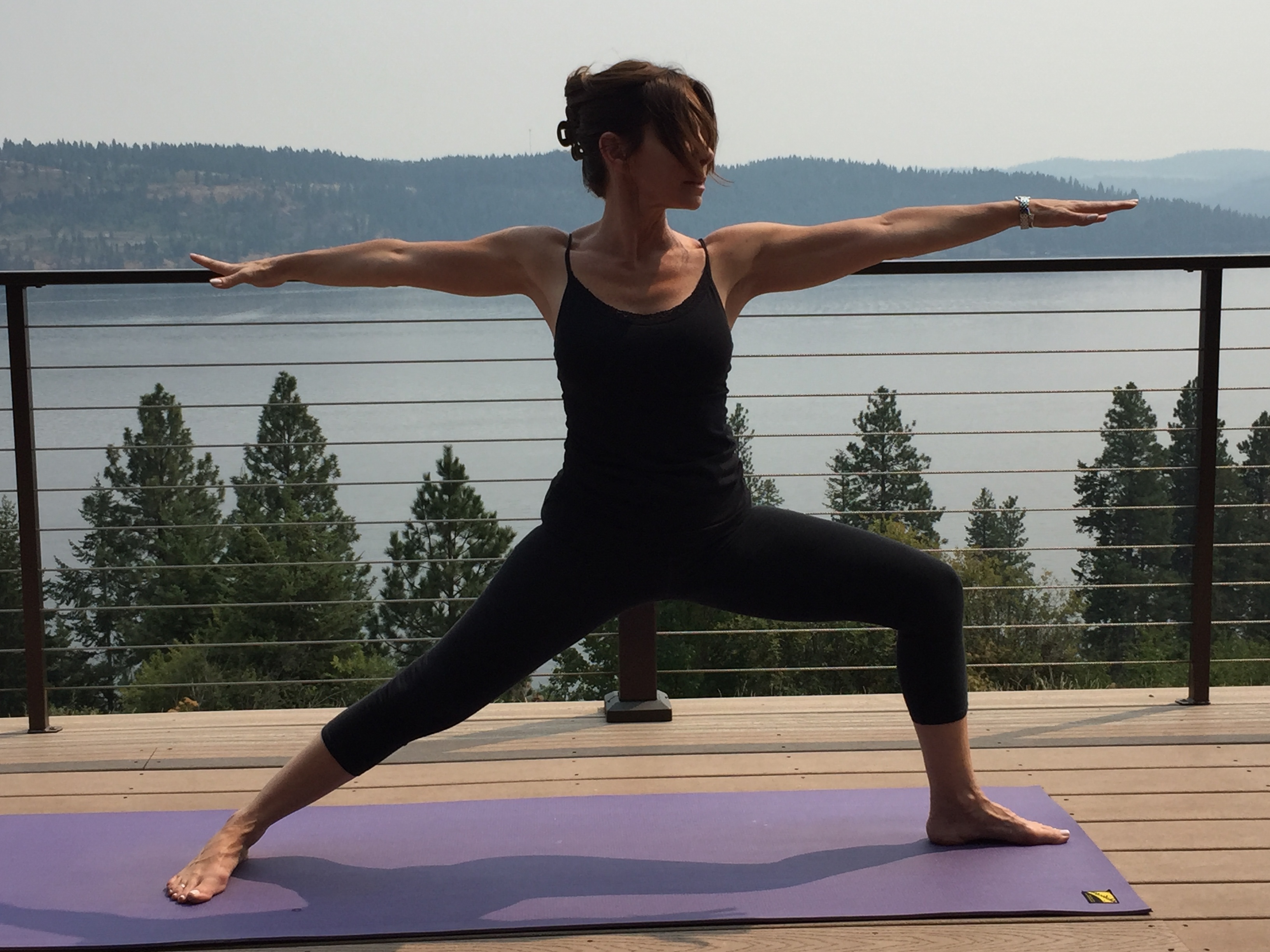on…freedom
- Dana Maria Cilento

- Jul 12, 2014
- 2 min read
Last week, on July 4, Americans celebrated the anniversary of the Declaration of Independence. Our forefathers believed so strongly in our God given right to self-govern, they were ready to give their lives for it, and of course, many did. Their commitment to it was so strong, their focus on it so one-pointed that their utter clarity and passionate discipline crafted a document that still hold its own weight and is the foundation of our government today, 237 years later. In it, the words liberty and freedom populate the landscape, but what do they really mean?
For those on an inward path, we might ask ourselves the question, “What does it mean to be truly free?” At first glance, we might think freedom is determined by lack of rules or structure, but anyone who has ever been plagued by a thought they cannot escape knows it’s not that simple. Someone whose heart or mind is open and has a natural inquisitiveness about the world around them is much more free that one who might not be encumbered by responsibility or accountability, might even possibly be able to stretch their foot behind their neck on a yoga mat, but is thinking the same small un-evolved thoughts every day of their life. It seems the brilliance of Stephen Hawking has not been dimmed by the limitations of his physical body. The absence of societal structure isn’t freedom, it is anarchy. Perhaps, then, freedom is more a state of mind than a lack of rules and regulations.
In Yoga, structure is support, and we find the freedom we seek within it, through alignment, intelligently sequenced classes, and scripture. Without structure in asana, we create injury. Without discipline and dedication, our practice does not progress. Lack of discipline and humility in teachers has degenerated into more than one “guru-gone-wrong”—the unchecked ego of an individual tampering with structure or lineage has had devastating consequences in more than one case.
We often think of liberation as an external concept, but true liberation happens within. This is one of the reasons why we meditate. When we are able to find some quiet in our endless cacophony of thoughts, we can repopulate that space with something higher or more helpful to our journey. Lack of discipline and humility in a teacher has degenerated into more than one “guru-gone-wrong”–when the structure has been tampered with or lineage rewritten to suit the ego of an individual. Instead of asking, “How do I become free”, Joel Kramer poses a more effective question, “What is it that binds me?” Freedom often has nothing to do with physical space but is a product of stagnant emotional and unexplored intellect instead. Our thoughts and their vibrational quality can be limiting or liberating; pure possibility or a prison. In asana, we attempt to loosen tightness in the muscles and knots in the energy body. In a hose that is bent or clogged, water cannot flow through freely, so the hose must be unbent. In our bodies, asana can, with dedication and practice undo the same metaphorical knots so that we can live in our bodies freely and easily.
Perhaps the greatest freedom we can achieve is the limitation that comes from the impediments—mental, emotional, spiritual or otherwise, we impose upon ourselves.












Comments